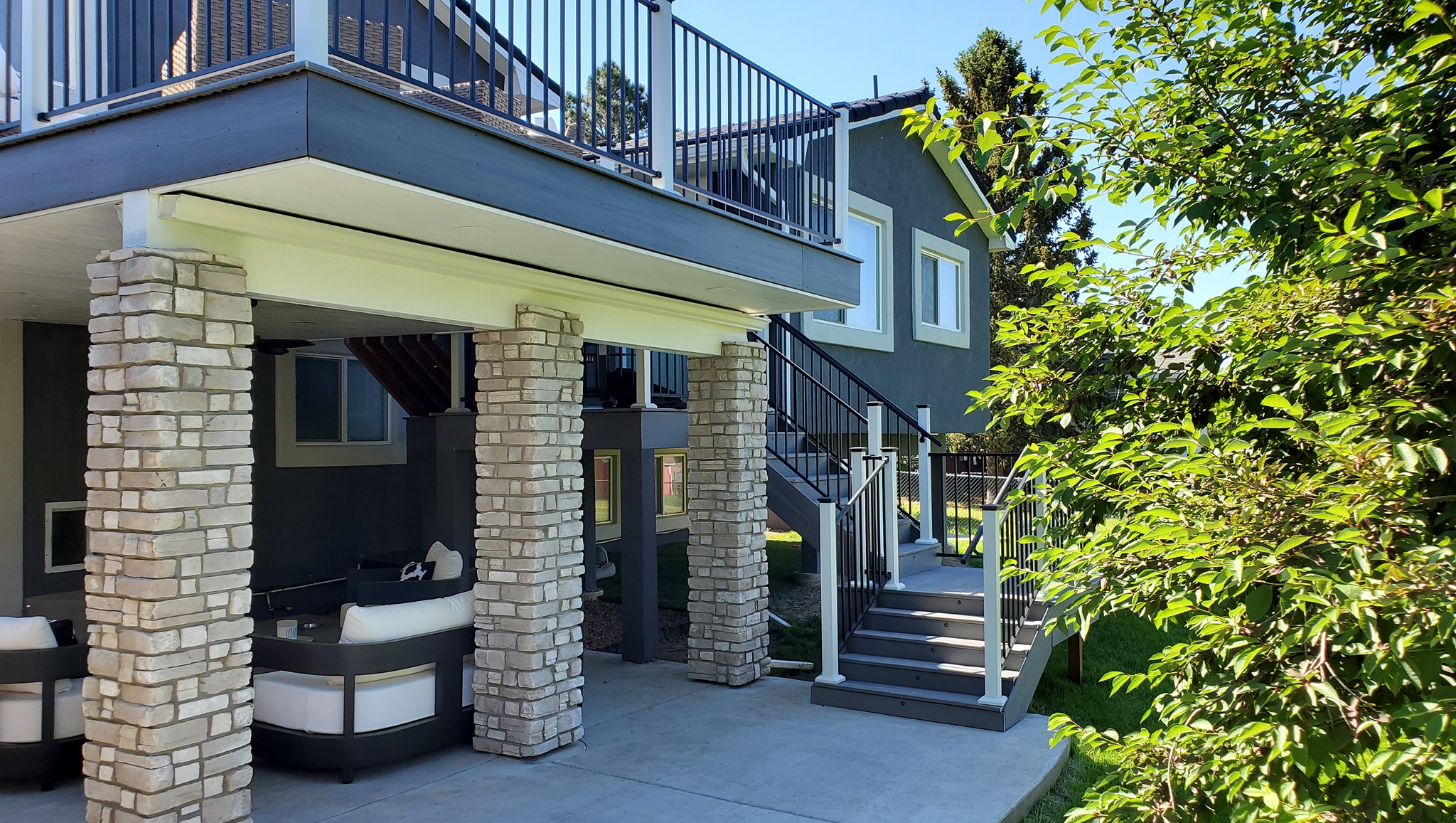
Eco-Friendly Construction: Sustainable Practices for Your Next Project Nov 11, 2025
The journey toward sustainable construction begins with thoughtful planning. One of the most significant steps is choosing the right materials. Eco-friendly materials like bamboo, reclaimed wood, and recycled steel can dramatically lower a building's carbon footprint. These materials are not only sustainable but often more durable. By selecting materials that are locally sourced, we also reduce the emissions associated with transportation. Moreover, incorporating energy-efficient systems such as solar panels and energy-star-rated appliances can significantly decrease energy consumption and reliance on non-renewable resources.
Water conservation is another critical aspect of sustainable construction. Implementing systems such as rainwater harvesting and installing low-flow faucets and showerheads are effective ways to reduce water usage. Smart landscaping with drought-resistant plants also plays a vital role in minimizing water demands.
Proper insulation and ventilation are essential for enhancing energy efficiency. High-quality insulation and advanced window technologies help maintain optimal indoor temperatures, reducing the need for heating and air conditioning. This not only lowers energy bills but also creates a more comfortable living environment. Furthermore, ensuring proper ventilation with energy recovery ventilators or similar systems maintains air quality while still conserving energy.
The design phase is another critical element of eco-friendly construction. Emphasizing natural light in the design helps reduce the need for artificial lighting, thereby saving energy. Large windows, skylights, and light-colored walls maximize the use of natural sunlight, brightening spaces and improving the well-being of those within. Sustainable designs should also consider the orientation of the building to maximize the benefits of passive solar heating and cooling, further decreasing energy use.
Waste management is another area where sustainable practices can make a significant impact. During construction, sorting and recycling materials such as metal, wood, and concrete can substantially reduce the amount of waste sent to landfills. This not only helps the environment but can also be cost-effective, as many recycled materials can be repurposed in the new building.
The benefits of eco-friendly construction extend beyond just environmental impact. Homes built using sustainable practices tend to have higher resale values and attract environmentally conscious buyers. Additionally, government incentives may be available for using certain sustainable practices, making these projects more economically attractive.
In conclusion, embracing eco-friendly construction practices in your next project with Mountain View Association LLC. can deliver a host of benefits. From reducing energy and water consumption to creating healthier living spaces and increasing property values, sustainable construction is not just beneficial for the environment but also for homeowners. Our commitment to sustainability ensures that every project not only meets but exceeds standard building codes, helping to create a better future, one project at a time.
Engaging in eco-friendly construction is a proactive step towards a more sustainable and responsible way of living. If you're planning your next construction or remodeling project, consider the sustainable practices highlighted here to make a positive impact on both your living space and the planet. Feel free to contact us at Mountain View Association LLC. to learn more about how we can help make your construction project eco-friendly.
/filters:no_upscale()/filters:format(webp)/media/d1aeec77-1ec4-4e83-b24b-857f420c6fe2.jpeg)